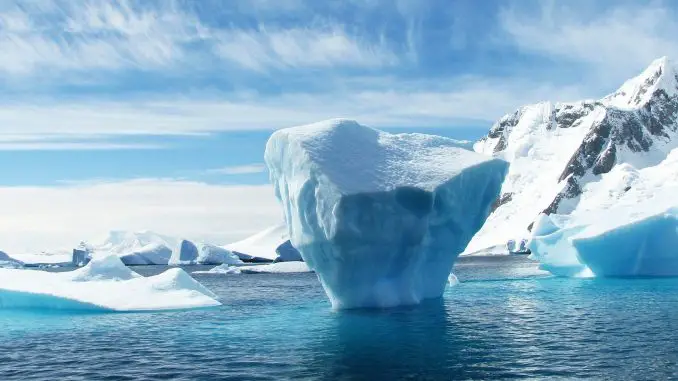
The majority of our dear poles are made up of tundra, icy plains, mountains, and glaciers, but a large part is actually the sea itself, and the ice that floats around it. So that’s why it feels reasonable to divide this issue into two parts: the icebergs floating around, and the solid ice on the poles.
What happens if all icebergs melt?
If the global temperature rises so much that the ice around the poles starts to melt, then the icebergs in the seas will melt first. This is because they are in direct contact with the water, which heats up faster than the frozen groundmass.
How much will sea levels rise if the iceberg melts then? Yes, they are hardly affected, precisely because this ice is already in the water.
More critical, however, is the fact that a variety of animals living on this iceberg will no longer have anywhere to live and hunt. So polar bears, penguins and walruses are likely to die out.
What happens if the solid ice at the poles melts?
As I said, the majority of all ice is part of “land” on our poles and Greenland. Yes, 95% of all ice is right here. In fact, there are entire mountain ranges as large as the Alps, which are completely covered with ice.
Since the majority of all ice is solid on land, one can quickly calculate that sea levels would rise tremendously if all this ice melted. But how much would they rise? 70m is the answer! Yes, all the solid ice melts so the seas rise by 70m, which would mean complete disaster in many different ways.
What exactly would the consequences be if the sea level rose by 70m?
For starters, it is worth mentioning that 50% of the entire earth’s population resides along the coast. So they will have to move at the same time as the world’s landmass becomes significantly smaller, an unpleasant crash.
If sea levels rise by “only” 20 meters, 1.4 billion people will have to move, about 20% of the earth’s population. So you can guess how many would be affected if it increased by another 50 meters.
So what happens if ALL ice melts?
As I said, the ice harbor would not affect the water level very much. However, they would have a major impact on global warming. Let me explain how.
Since ice is white, it reflects sunlight really well. When the sunlight is reflected, a large part of the heat is sent back into space. But all this ice melts, yes, instead the sunlight is absorbed by the dark seas, the effect of which is that the temperature rises even faster.
This, in turn, makes the ice around the poles and Greenland melt faster, and we all know what happens then. 70m higher sea hands.
Finally, the majority of the world’s population would have to relocate, most of all major cities would be covered by water and disease, starvation and war would come as a letter in the mail.
In summary
If all ice melts, it would undoubtedly mean one of the greatest natural disasters in the earth’s history. Most of the world’s largest cities are by the sea, and they would all fall completely below sea level.
So think about when you buy things, travel and sort your garbage, otherwise you can be a contributing factor to global warming.
Leave a Reply